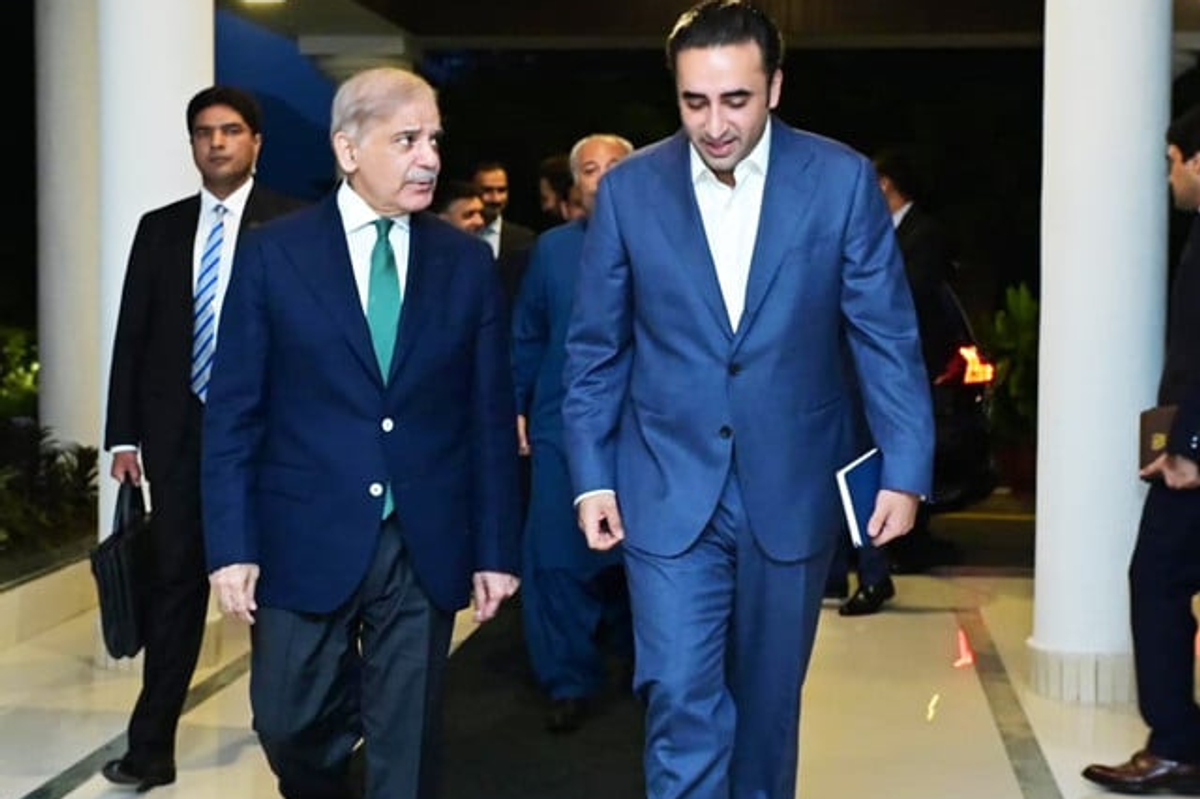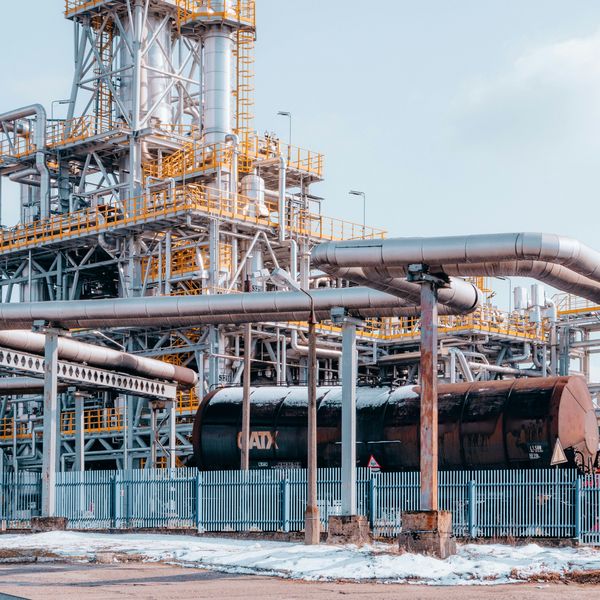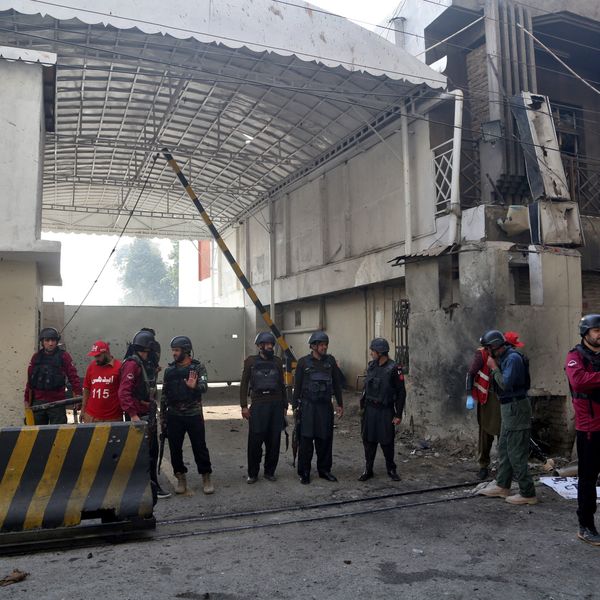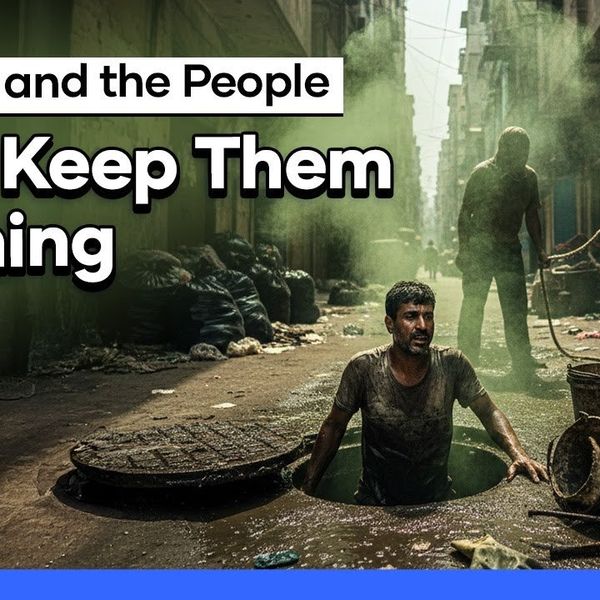Pakistan’s ruling allies PPP and PML-N resume talks after weeks of political tension
PPP’s Bilawal is set to meet PM Shehbaz later in the day to discuss key political matters

Javed Hussain
Correspondent
I have almost 20 years of experience in print, radio, and TV media. I started my career with "Daily Jang" after which I got the opportunity to work in FM 103, Radio Pakistan, News One, Ab Tak News, Dawn News TV, Dunya News, 92 News and regional channels Rohi TV, Apna Channel and Sach TV where I worked and gained experience in different areas of all three mediums. My journey from reporting to news anchor in these organisations was excellent. Now, I am working as a correspondent with Nukta in Islamabad, where I get the opportunity of in-depth journalism and storytelling while I am now covering parliamentary affairs, politics, and technology.

PID/File
Pakistan’s two major ruling parties, the Pakistan Peoples Party (PPP) and the Pakistan Muslim League-Nawaz (PML-N), have resumed formal political dialogue after weeks of public friction that exposed deep strains within the coalition government.
Negotiation committees from both parties met Thursday at the Ministry of Foreign Affairs in Islamabad, in a session chaired by Deputy Prime Minister and Foreign Minister Ishaq Dar.
The PPP delegation included Nadeem Afzal Chan, Raja Pervez Ashraf, and Sherry Rehman, while the PML-N team comprised Malik Ahmed Khan, Ahad Cheema, and Rana Sanaullah.
According to officials familiar with the meeting, discussions focused on the current political situation, national priorities, and strategies to strengthen cooperation between the two allies.
The meeting follows a turbulent few weeks that saw the PPP and PML-N — the two largest partners in Pakistan’s ruling coalition — exchange sharp public statements over governance issues in Punjab, the country’s most populous province.
The dispute began when the PPP proposed channeling Punjab’s flood relief through the Benazir Income Support Program (BISP), a social welfare initiative central to its political identity. Maryam Nawaz, the PML-N’s chief organizer and political leader in Punjab, rejected the idea, saying her party would not take “dictation” from others on how to assist flood victims.
Her remarks were viewed as a direct challenge to the PPP’s attempt to expand its political footprint in Punjab. PPP leaders responded angrily, accusing the PML-N of turning flood relief efforts into “photo sessions” and demanding an apology from Maryam. The party even staged a walkout from Parliament to protest the comments.
Tensions deepened when Maryam Nawaz defended Punjab’s right to construct new canal projects in the Cholistan desert, declaring that “no one has the right to oppose them.” Her warning that “we will break the finger that tries to stop this” was condemned by the PPP as inflammatory and undemocratic.
Behind the scenes, senior leaders scrambled to calm the situation. PPP Co-Chairman Asif Ali Zardari — who also serves as Pakistan’s president — summoned Interior Minister Mohsin Naqvi to deliver a firm message to the PML-N leadership. Within hours, Deputy Prime Minister Ishaq Dar and National Assembly Speaker Ayaz Sadiq flew to Zardari’s hometown of Nawabshah to hold emergency talks, a move that helped ease tensions.
Thursday’s meeting in Islamabad is seen as a continuation of those efforts to stabilize the coalition and prevent another public breakdown. It comes at a crucial time, as parliament prepares to address pressing international and economic issues, including Pakistan’s negotiations with the International Monetary Fund (IMF), ongoing compliance with Financial Action Task Force (FATF) requirements, and debate over the Gaza crisis.
Following the committee-level meeting, PPP Chairman Bilawal Bhutto-Zardari is scheduled to meet Prime Minister Shehbaz Sharif later Thursday to discuss future cooperation and political coordination within the government.
Political observers say both parties have strong incentives to maintain unity despite their rivalry. The PPP, led by Bilawal and Zardari, dominates in Pakistan’s southern Sindh province, while the PML-N, led by the Sharif family, remains strongest in Punjab. A collapse of the alliance could destabilize the fragile government, which came to power after the February 2024 elections and faces mounting economic and security challenges.
Analysts remain divided on whether the dispute between the two allies was a genuine clash or a carefully managed political performance.
Veteran journalist Salman Ghani believes both parties used the confrontation to strengthen their political bases. “Whether this rift is real or not, both parties are benefiting from the rising tension. This conflict is helping each side solidify its support,” he said.
He described President Zardari as the “guarantor” of the current setup, holding the coalition together despite visible disagreements. Ghani also said Maryam Nawaz’s assertive stance has boosted her popularity in Punjab, energizing her party’s narrative ahead of the next election cycle.
The PPP has scheduled a Central Working Committee meeting on October 18 to review its political strategy — a move some observers see as signaling that the party could be reassessing its role in the coalition.










Comments
See what people are discussing